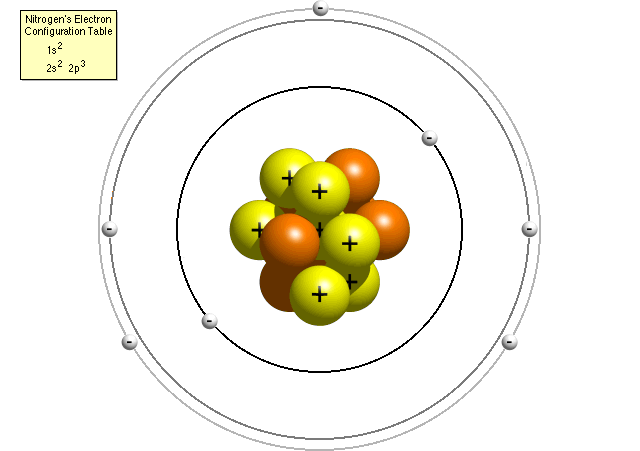This energy is mainly generated from Earth's core since temperature of Earth's center is reaching temperatures above 6000 degrees Celsius which is even hot enough to melt a rock. Lesser part of this energy is gained from the crust, the planet's outer layer by decay of radioactive elements which are present in all the rocks. In nature this energy is usually shown in the form of the volcanoes, hot water springs and geysers, which are all areas on which heat is concentrated near the earth’s surface.
Geothermal energy was for centuries used in some countries in the form of hot springs that provided recreational and medical bathing, not to mention that positive therapeutic effects of hot springs were known in ancient times by many nations like ancient Romans. However, progress in science didn't stop only in exploring healing effects of geothermal energy and has pushed use of geothermal energy in many different ways of which two take special place, namely its use in generating the electricity and its use in heating of households and industrial facilities. Uses of geothermal energy for central heating of the buildings and for generating electricity are the main ways of its exploration, but not the only ones.
 One of many geysers on Iceland. Click on picture for full size.
One of many geysers on Iceland. Click on picture for full size.Geothermal energy can be also used in many other ways and it's used for pasteurizing milk, paper manufacturing, in swimming pools, drying timber and wool, animal husbandry etc. Main advantage of geothermal energy lies in the fact that this is renewable energy source since heat of Earth's core is constantly radiating from within, and the main flaw is the fact that the best geothermal resources are located in areas where volcanic activity is increased which means that this energy source is not widely distributed. Geothermal power plants have almost negligible negative effect on environment and they can be successfully implemented in different environmental surroundings, from farms, sensible desert environments and forest recreation centers.
It's also important to mention that use of geothermal energy isn't expensive and has significantly smaller operational costs than many other energy sources and geothermal water is source of many minerals and other chemical elements which have healing effects on many skin diseases. First geothermal power station was built more than hundred years ago, at Landarello, Italy in 1904, and second one was built in Wairekei in New Zealand. Largest geothermal grouping that is used for middle vapor is situated in Island's city Port, port in which most all buildings use energy vitality modify and 89 % of all households in Iceland are hot this way.





























